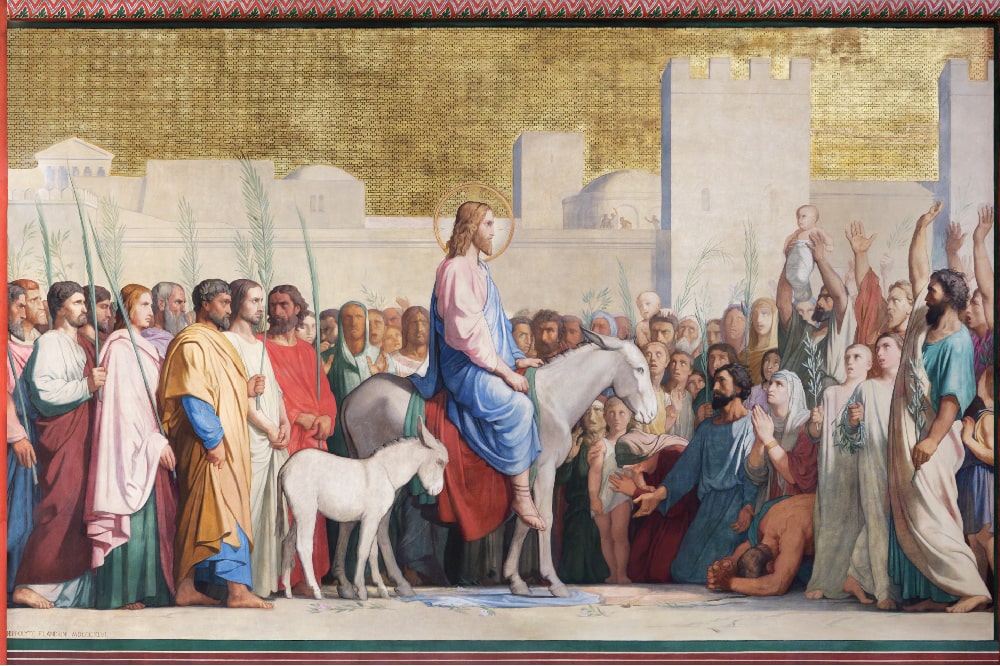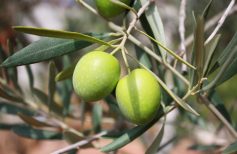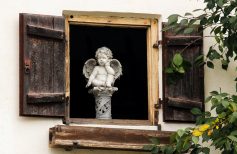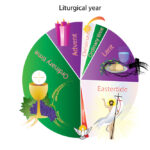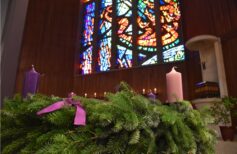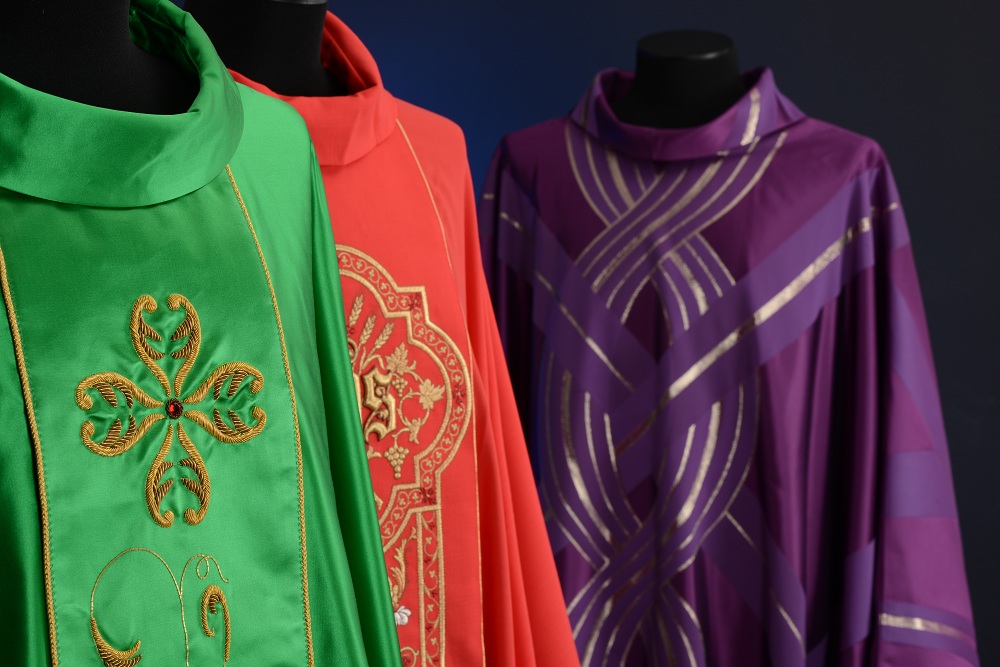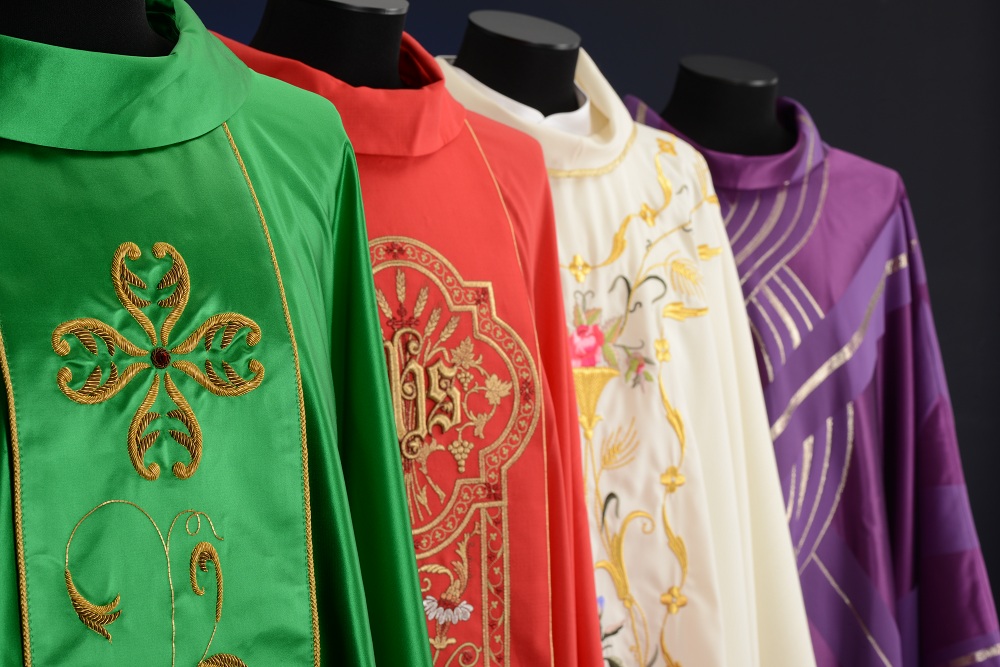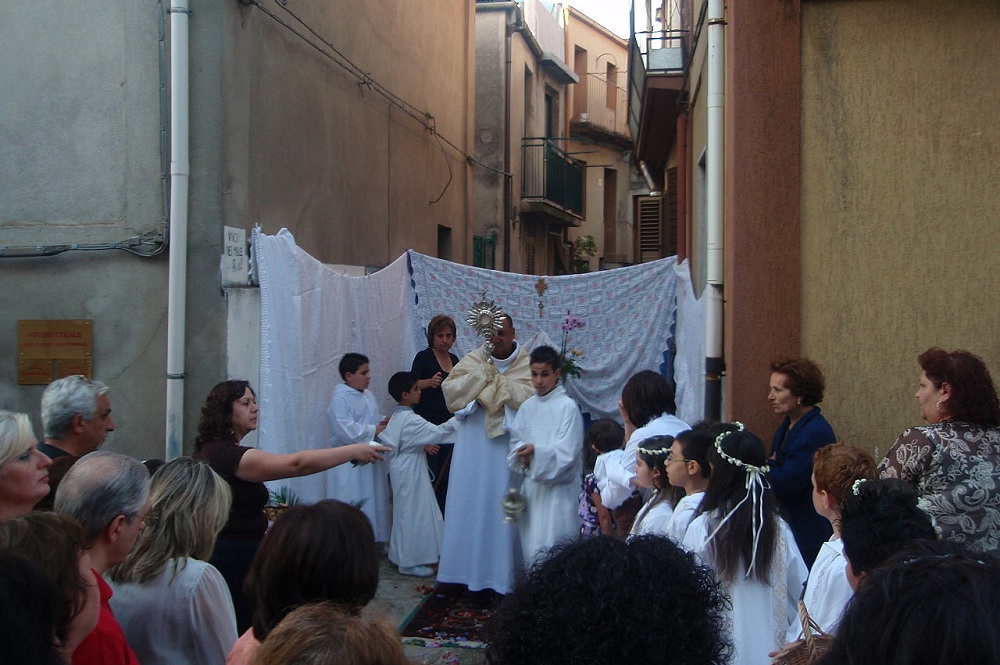Palm Sunday is the last Sunday before Easter. With it begins Holy Week. Here is what is celebrated and how.
Contents
Anyone among us who grew up in a Catholic family will have happened as a child to be taken to church on Palm Sunday and receive an olive branch blessed by the priest. That branch, brought home, was then hung somewhere, and preserved, as a sign of peace and faith for the house and those who lived there. Of course, as children, we could not know how ancient was the origin of this custom, connected to an even more ancient Jewish tradition that coincided with the Sukkot, the “feast of huts”. It is a pilgrimage festival, one of the most important for Jews even today. It recalls the journey of the Jewish people in the desert to the Promised Land when they lived in huts (the Hebrew word sukah means “hut” and “sukoth” is the plural). To celebrate this feast, the Jews made a pilgrimage to the temple in Jerusalem, offering a bunch of four different plants: palm, cedar, three myrtle branches and two willow branches tied together with hemp.

Always as children, we could not even know that the Palm Mass recalls the triumphal entry of Jesus into Jerusalem, recounted in all four canonical Gospels. In particular, John (John 12,12-13) writes that the arrival of Jesus was greeted by a crowd waving palm branches, while Matthew and Mark speak more generally of branches of trees and branches taken from the fields and Luke mentions nothing in particular.
From this fundamental event, which took place five days before the death of Jesus, was born the celebration of Palm Sunday, on the occasion of which the priest blesses the palm branches, or the olive branches at our latitudes, and distributes them to the faithful to bring them home and keep them as a symbol of peace.
![]()
The dove in Christian iconography
Even before the birth of Jesus, the dove was considered an animal with a strong symbolic value. For the Greeks was a symbol of love…
The liturgy of Palm Sunday
Palm Sunday marks the beginning of Holy Week, which overlaps with Lent. Only with the celebration of the ninth hour of Holy Thursday will Lent be over and we will enter in all respects into the Easter Triduum, the memorial of the Passion, Death and Resurrection of Christ.
On the occasion of Palm Sunday at Mass, we read the passio, the story of the Passion of Christ drawn from the Gospels of Mark, Luke or Matthew, depending on the current liturgical year. The reading is done by three different people, who impersonate Jesus, the chronicler and the people. Before arriving at the church the faithful gather in the square or in the churchyard, where the priest blesses and distributes the olive branches. Where possible there is also a procession.
In addition to the actual liturgy, there are many customs related to the olive twigs distributed on Palm Sunday, such as the one that provides that Easter day uses an olive branch dipped in holy water to bless the table.
Entrance of Jesus into Jerusalem
The entry of Jesus into Jerusalem that gives rise to the tradition of the Palm Sunday is described in all four canonical gospels: Matthew 21,1-11, Mark 11,1-11, Luke 19,28-44 and John 12,12-19. According to John, Jesus’ entry into Jerusalem took place on the fifth day before the Passover, the 10th day of the month of Nisan. This was the day given to take the lamb to be sacrificed at Easter, and it is emblematic that the evangelist chose that very day, considering how the theme of Jesus, the lamb of God, is used in his Gospel. The other Gospels do not indicate a precise date, simply saying that you were close to Easter.

How is Easter calculated?
Each year changes date but remains the most important holiday: in this article, you will find out how Easter is calculated in the Jewish…
Jesus enters the holy city of Jerusalem to celebrate Easter. He is riding a donkey, surrounded by disciples and escorted by a festive crowd waving palm branches. They cry out his name and acclaim him with festive exclamations: “Hosanna! Blessed is he who comes in the name of the Lord!” John (12:13). Hosanna is an expression of Jewish jubilation, but it also means help us, save us.
Even the choice of the mount of Jesus, the donkey, is not accidental. Zechariah’s prophecy concerning the coming of the Messiah recited: “Rejoice greatly, daughter of Zion, rejoice, daughter of Jerusalem! Behold, your king comes to you. He is just and victorious, humble, riding on a donkey, a foal son of a donkey” (Zc 9,9).
Even the cloaks that are placed on the donkey as a saddle for Jesus have a symbolic value: they were spread out on the steps to allow the sovereign to climb to the throne. So here they become a symbol of royalty and recognition.

The meaning of the blessed olive branches
The custom of going to Church on the occasion of Palm Sunday and bringing home the branches of blessed olive trees thus originates from the Gospel episode. But why was the olive tree chosen to replace the palm? The olive tree has always been considered a sacred plant, for all the peoples of antiquity. The Symbol of Athena for the Greeks was used to crown Olympic athletes. Closer to our ambit, the biblical account of Noah, and of the dove that brought him an olive branch made him understand that the Flood was over. Olive therefore as a symbol of rebirth and peace and deeply linked to the history of Jesus: the same name Christ means “anointed”, with reference to the oil obtained from olives and used in ceremonies. Let us also remember the last night that Jesus spent with his disciples in Gethsemane, the garden at the foot of the Mount of Olives.

The palm was also very important for ancient civilizations, from the Egyptians to the Romans. It was considered a symbol of immortality and rebirth. So high as to suggest a link between the earth and sky, it generated countless fruits and was often used as a model for temple columns.
It is important not to throw the olive branches, even when they dry out: they are sacramentals, and as such protected by canon law, therefore sacred. We can choose whether to burn them, bury them or take them back to church, where they will be burned to obtain the ashes for the following Ash Wednesday.

Blessed olive branches at Easter: should you keep them or throw them away?
When we go to Church on Palm Sunday, the last one before Easter…
Meta description: Palm Sunday marks the beginning of Holy Week. He remembers how Jesus entered Jerusalem welcomed by a crowd that waved branches and branches cheering him.

